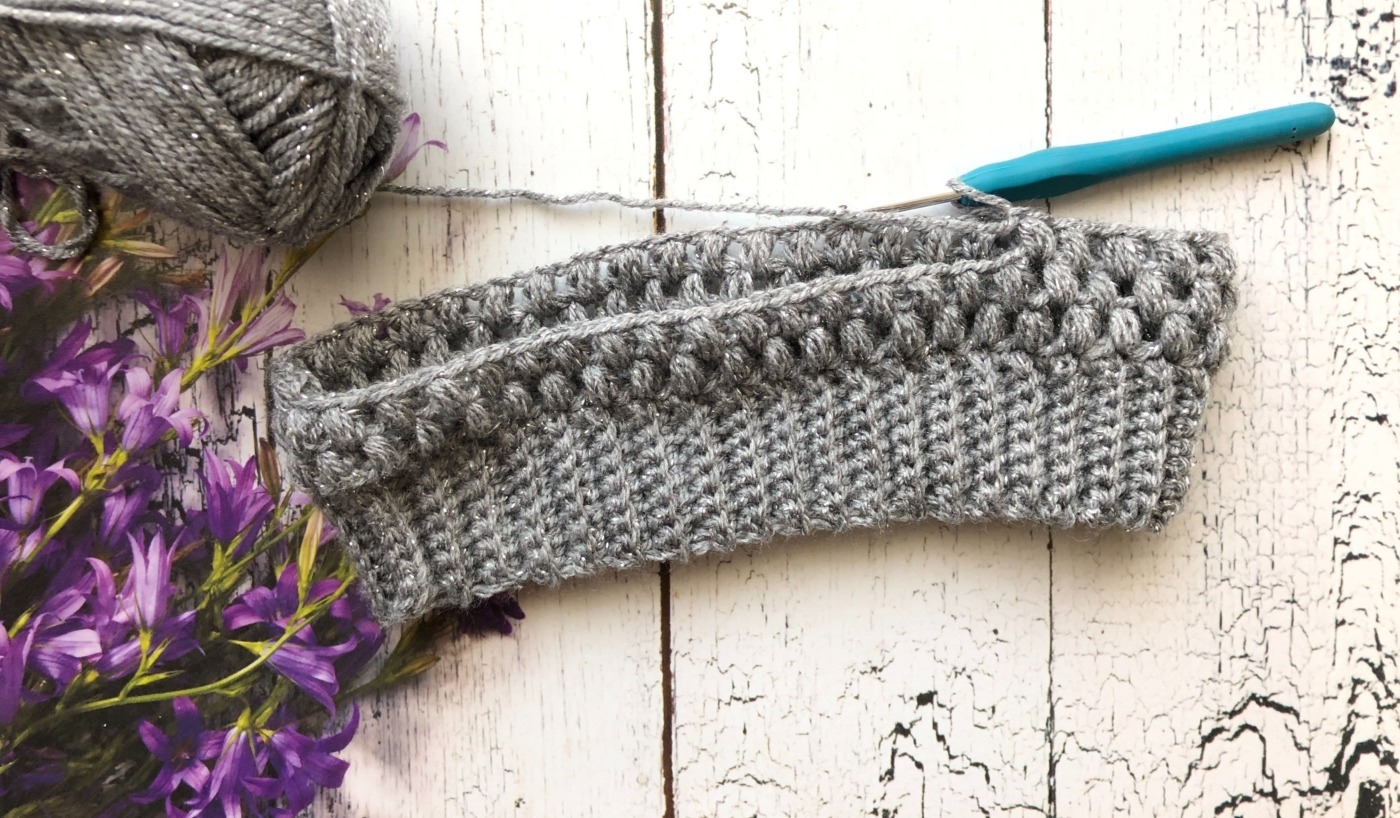Crochet and convicts: how crochet is changing lives
Should we all take up crochet? It might not be considered the most exciting hobby, but crochet is proven to have an incredible impact on your wellbeing. Instead of scrolling through social media, we might want to pick up the crochet needles and get crafting. Believing in its power to change lives, a project in Brazil is teaching prisoners to crochet. Hattie Sprittles explains why the project is so inspiring, and suggests what students could learn from it.
Every Wednesday since 2016, Brazilian fashion designer Gustavo Silvestre has attended the male-only Adriano Marrey prison just outside of São Paulo to teach inmates how to crochet. Today, over 100 students have completed the extremely popular workshop, which now has a waiting list exceeding the 20 available spots. Recently, they transformed the courtyard of the prison into a catwalk, and those on the course witnessed the clothes they had designed and made, stitch by stitch, being modelled in a fashion show. The theme of this year’s collection: opportunity.
The rhythm of the stitches, the creative freedom and the pride felt when an idea comes to fruition give the students a sense of purpose and achievement
The theme could not be more fitting. Not only does the programme enable students to release creativity in the making of hats, coats, and teddy bears, but it also brings hope to the prisoners that they will one day return to society with a new set of skills. For every 12 hours worked, the inmates’ sentences are reduced by a day. But the course offers more than that. It aids the transition back into the world of work, which some inmates have not known for many years.
Perhaps even more valuable, however, is the positive impact the classes are having on the mental health of the students. The rate of mental illnesses is far higher inside the prison walls than outside of them. Criminals may very well be suffering before they enter the prison, and it is difficult to manage and treat mental health issues once they are incarcerated. Crochet is a powerful tool to help inmates’ wellbeing. The rhythm of the stitches, the creative freedom, and the pride felt when an idea comes to fruition give the students a sense of purpose and achievement, a feeling usually absent in their daily prison routine.
The repetitive nature of crochet is proven to stimulate the brain’s production of serotonin, our mood stabilising hormone
This sense of purpose led one student, Felipe Santos da Silva, who is serving 11 years for robbery, to admit that crocheting “helped [him] overcome smoking and using drugs” and another, convicted drug-trafficker Bruno Ribeiro, to state that it had given him the chance to “change [his] life”. In fact, the repetitive nature of crochet is proven to stimulate the brain’s production of serotonin, our mood stabilising hormone. This, alongside a growing recognition of the relationship between creativity and emotional functioning, proves the value of the art form for the detainees.
For other inmates, the fashion show was just as impactful on their wellbeing as the classes. Pride was the overwhelming emotion at the event, lifting the self-esteem of the designers as they saw their pieces not only on the catwalk, but loved by the audience. Contrasting with their regulation white T-shirts and khaki trousers, bursts of colour represented hope for the creators, leaving organisers certain that they would leave the prison with their heads held high after a new-found belief in themselves.
We could also benefit from the uptake of a de-stressing, creatively freeing and calming hobby such as crochet to combat the stresses of a world plagued by social media, work and studying
This, however, was not the sole aim of the course. Director of programmes at the prison, Igor Rocha, wanted to break the stereotype that men can’t crochet, which he has certainly accomplished. Whilst some may argue that crochet would be better suited to a women’s prison, the inmates of Adriano Marrey could not disagree more. Although at the start of the course, Ribiero was convinced the craft was “for women”, he now admits that it was a mere preconception. Another creator, 28-year-old drug trafficking convict Islan da Luz, accuses those who think this way of being “ignorant and prejudiced”. No one, however, is more enraged than mother of inmate Lopes, who scolds her son: “you had to go to jail to knit?”. Perhaps he may never have ended up in prison had he begun crocheting sooner.
We, as students, can certainly learn from the programme. Whilst our lives differ dramatically in most aspects, there are also high rates of mental health problems within the student community. Perhaps we could also benefit from the uptake of a de-stressing, creatively freeing and calming hobby such as crochet to combat the stresses of a world plagued by social media, work, and studying, all of which contribute to the deterioration of our mental health. So next time you have an hour to spare, why not try your hand at an art or craft? It may prove itself invaluable when it comes to keeping those anxieties at bay.

Comments